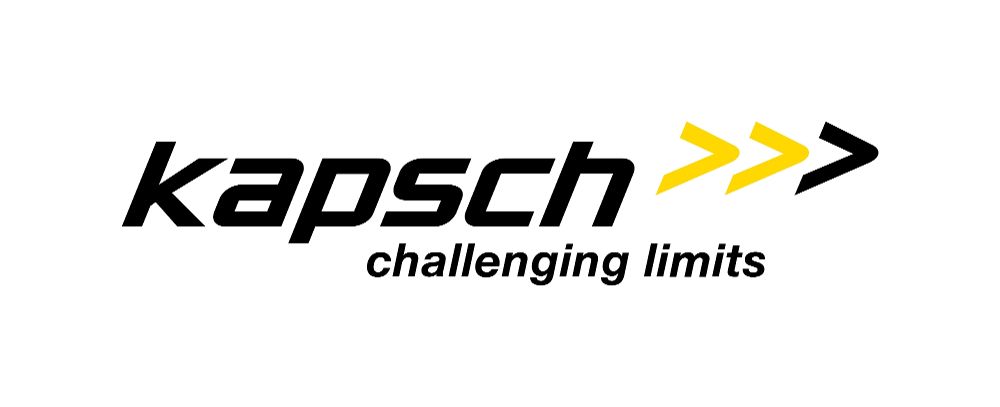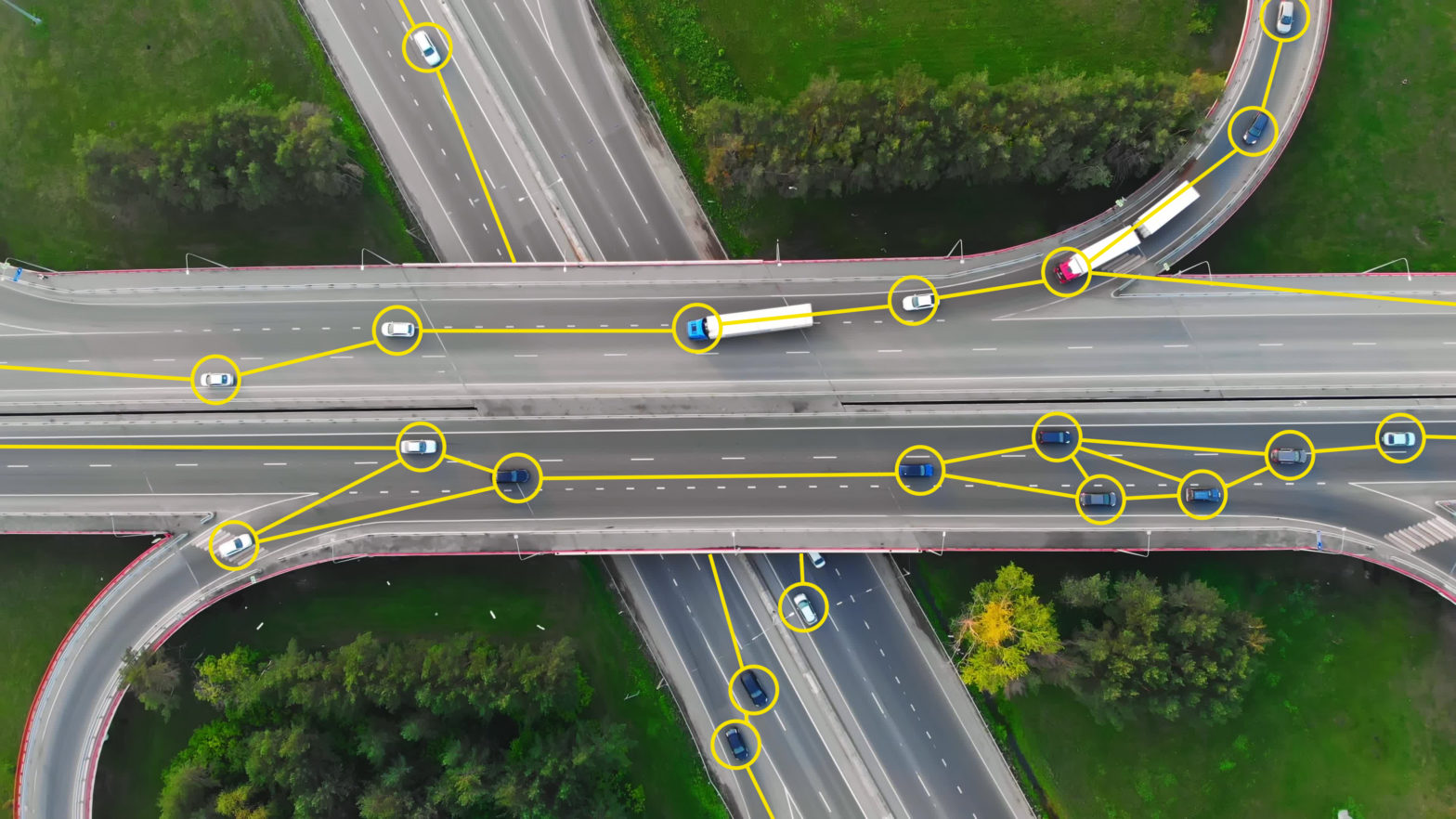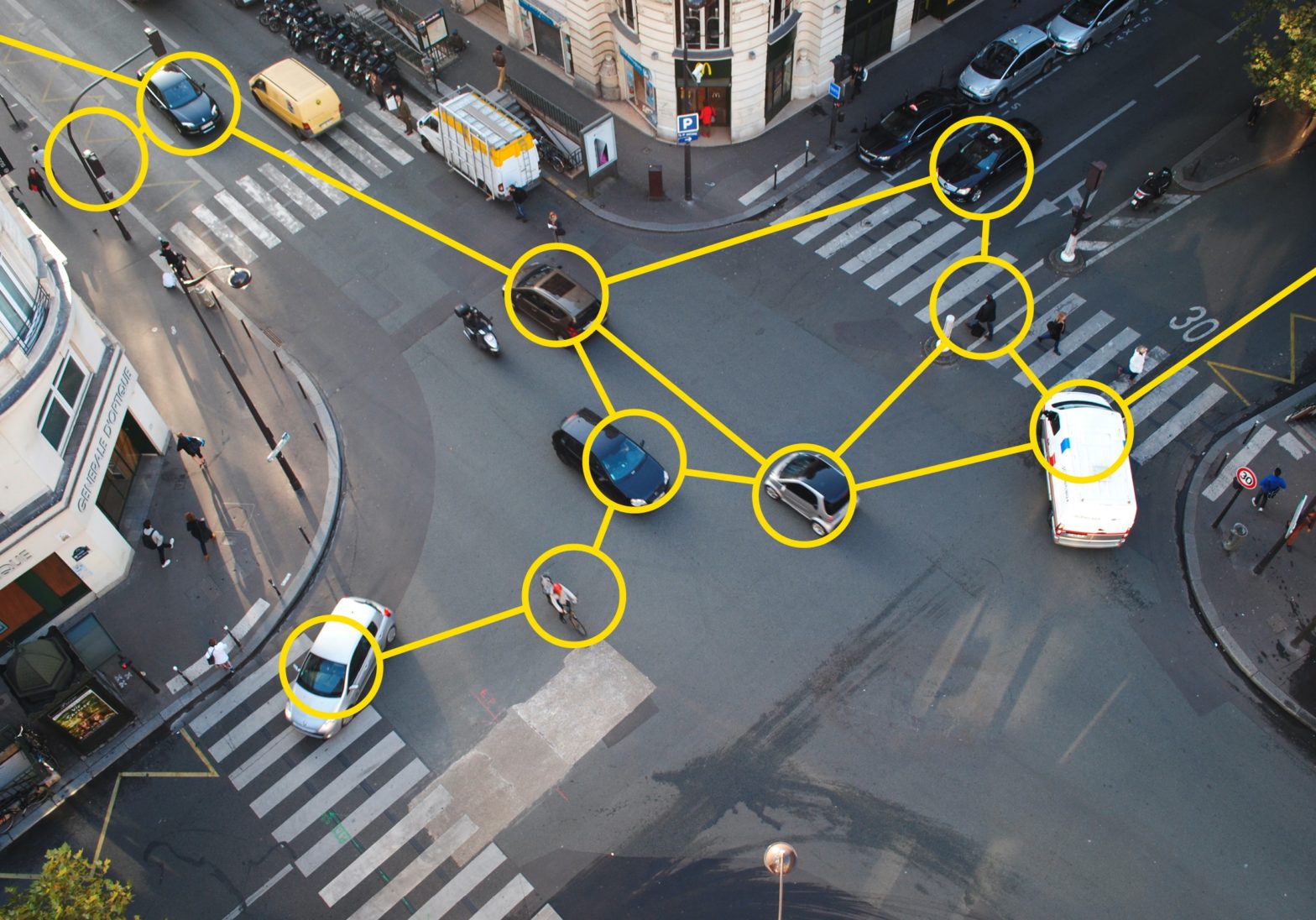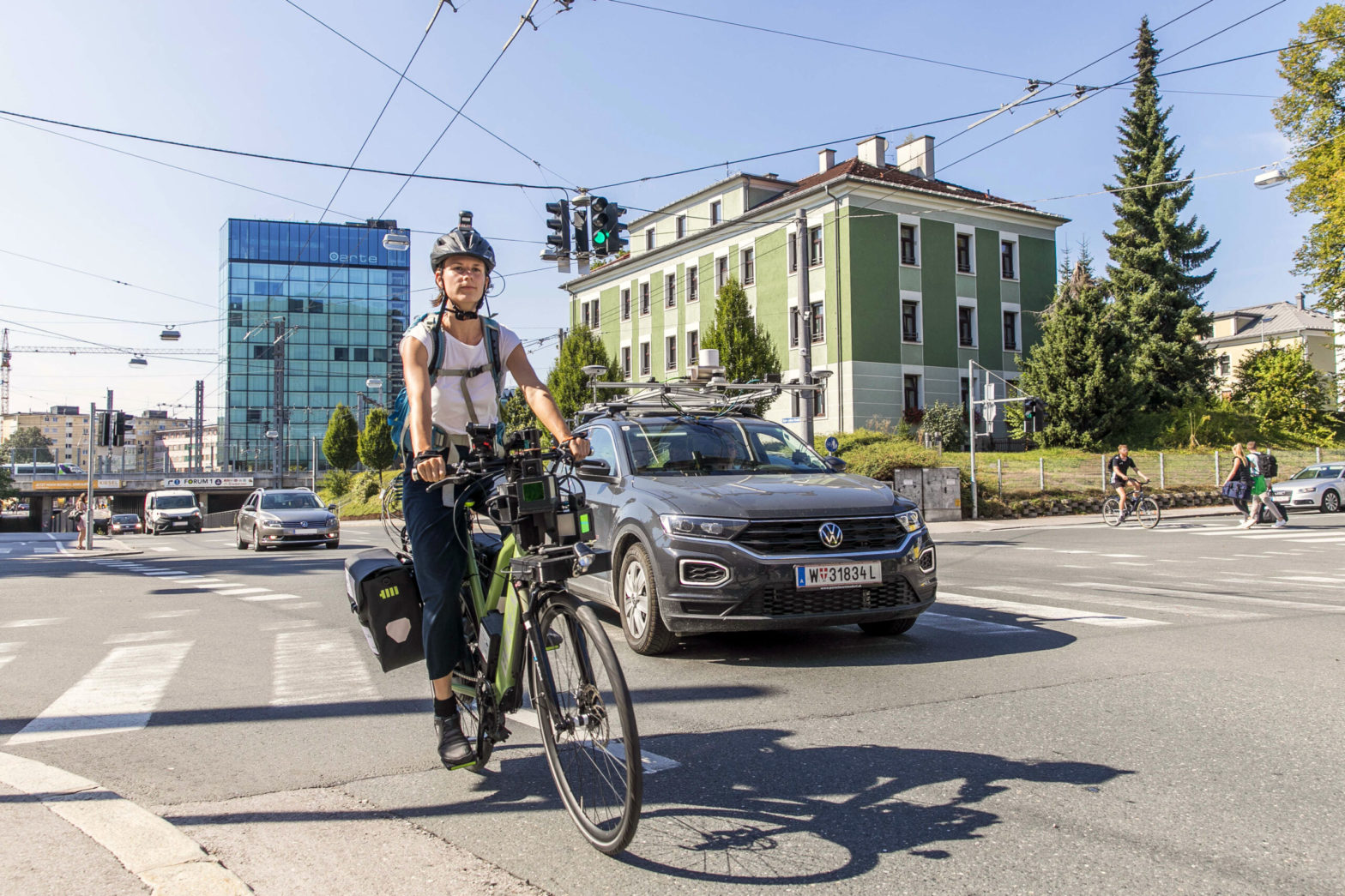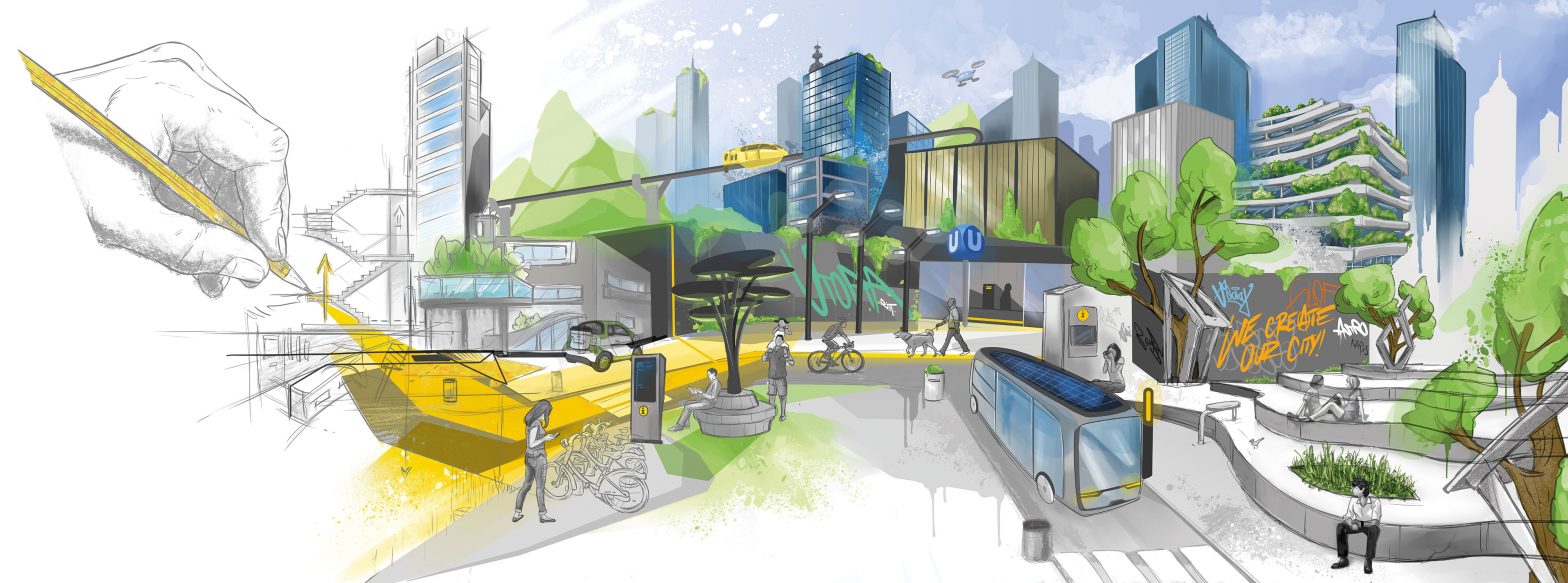
Photo: Kapsch-Illustation
The freedom to travel intelligently
25 February 2019
How C-ITS technology will shape future mobility services, affecting not only our cities but our individual freedom
As we witness rapid global urbanisation, hand in hand with increasing levels of traffic emissions and pollution, it’s clear we need to take action. While many may consider it an unsolvable task, the solution is at hand: the smartphone. ‘Intelligent’ phones enable us to organise smart cities and manage our trips more efficiently, while also gaining the freedom to select the most suitable mode of transport at any time.
Throughout the 20th century, people defined their status depending on the vehicle they drove. Ironically, today, the millennial generation is defined more by their smart devices than by their vehicle ownership. This trend opens the door to a future shaped by how citizens define their freedom, in terms of mobility.
Cars will no longer be the sole choice, but an option among many (such as public bicycles, underground, bus, tram, etc.). Software and intelligent networks will enable us to quickly calculate the best way to travel between two destinations at any given time. Likewise, thanks to the increasing flexibility in the employment market, we can choose the best time to leave home and reach the office, combining teleworking with office presence to improve conciliation.
However, all these possibilities rely on a technological backbone. Cooperative Intelligent Transport Systems (C-ITS) and multi-mode management will likely become the next intelligent mobility trend. These solutions will enable cities to have greater control of vehicles entering or leaving or on the use of parking spaces. Cities will use this knowledge to provide alternatives, guiding people to reconsider their routines to make life more comfortable. In this way, draconian measures applied in certain cities to face contamination peaks are based on last century’s logic, and only build more frustration among citizens, with no resolution.
Moreover, C-ITS technology will act as an important facilitator when autonomous vehicles become commonplace. The technology will allow for all vehicles, as well as detection and monitoring systems, to be inter-connected, guaranteeing optimum safety.
C-ITS systems will be multimodal by nature and communicate with passenger smartphones. They will provide specific and highly reliable information to citizens on their travel options, encouraging them to consider all alternatives, from roads–including cars, buses and taxis–to trains, trams or suburban trains. As technologies and apps continue to merge, travellers will be able to organise their individual transport in different cities using a single app.
Ultimately, the solution to the challenges mentioned above is to establish smart communication between all modes of city infrastructure, by tapping into the network via intelligent devices. We have to consider that, at the end of the day, it is up to the customers to make intelligent use of access to tools and resources to assess their transport options. The advantages of this system go far beyond improving quality of life or reducing congestion and costs. This solution will enable the freedom of decision-making based on reliable and intelligent information.
Brought to you by:



